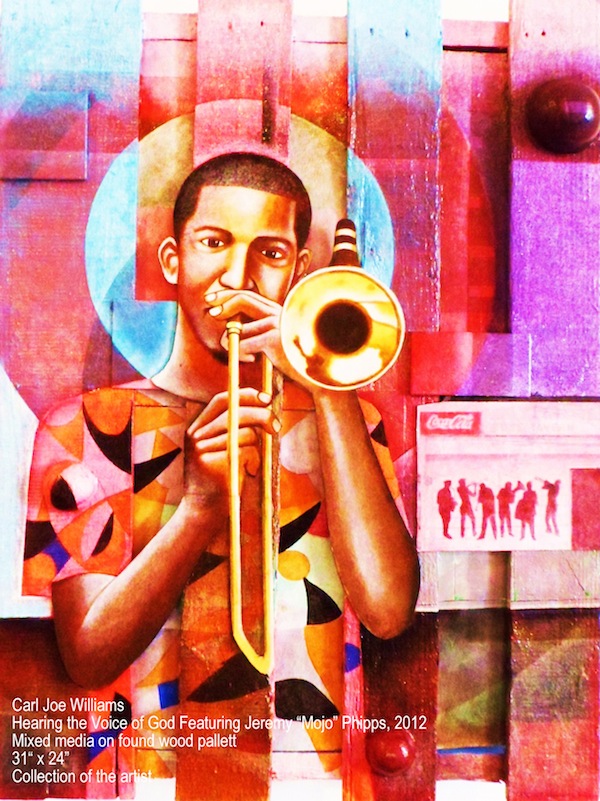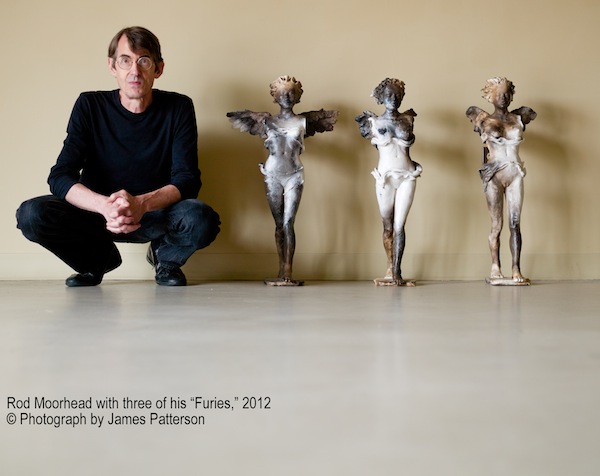
New exhibitions reflect timeless expressions of art at the Ohr-O’Keefe Museum
By Barbara Johnson Ross, Ohr-O’Keefe Museum of Art
From 1896 until 1925 Newcomb Pottery was thrown by Joseph Meyer and decorated by the women in the Newcomb Art Department at Tulane University in New Orleans. As a young child, Joseph Fortune Meyer (1848-1931) moved with his parents from France to the United States, where he was raised in Biloxi, Mississippi. Like George Ohr and Walter Anderson, his roots in art began on the Gulf Coast. Meyer served as an apprentice in his father’s pottery studio in Biloxi until the family moved to New Orleans in the early 1860s. In 1879, Joseph Meyer invited George Ohr to join him as an apprentice at his New Orleans pottery business.
From mentor to George Ohr to master potter, Joseph Meyer threw pottery at Sophie Newcomb College while maintaining a home and making pottery on Deer Island in Biloxi across from the Ohr-O’Keefe Museum of Art. The exhibition features 34 pieces of Joseph Meyer pottery, c. 1900, as well as one piece of Newcomb Pottery, from the collection of the Ohr-O’Keefe Museum of Art. The pottery will be accented by photographs of Meyer taken during his years at Newcomb, as well as images of his life on Deer Island.

Shades of Perception features very large works on found objects, such as doors and pallets, and a large 13’ x 12’ installation entitled In the beginning there was no beginning. Found televisions painted by Williams display a compilation of his video and musical compositions. New Orleans artist Carl Joe Williams is driven by the search for universality. The rhythmic patterns in his paintings are inspired by geometric forms found in nature. Williams describes his works as “symphonies of colors” that present a powerful visual experience. The content of his paintings is derived from his cumulative life experiences and is often inspired by the iconic art of Grant Wood and Norman Rockwell, whose works he views with an inspired twist and personal approach. His interpretations are enhanced by his vision of art and music as extensions of one another.

An accomplished musician as well as a visual artist, Williams enjoys incorporating his musical compositions into his videos and installations. Found objects play an important role in his works by becoming elements of a narrative continuum addressing societal and historical concerns. Williams’ work has been displayed in several venues in both New Orleans and Atlanta, including Journeys, an installation at the Hartsfield-Jackson International Airport, commissioned by the Department of Aviation. Williams’ Sculptural Trees installation on the median of Veterans Boulevard was described as reminiscent of “lollipops in a Candyland forest,” with their custom acrylic light boxes attached to crepe myrtles. The artist’s recent interactive installation at the Front during the monthly openings in the St. Claude Arts District in New Orleans featured totems that mimicked elements of nature, complete with speakers from which Williams’ music played for the viewers. Shades of Perception features a large wall dedicated to the artist’s sculptural interpretations. Rod Moorhead: Entropy Through June 7, 2012 The work of Rod Moorhead ranges from small clay figures to large bronze and limestone sculptures. He began his career as a potter in Oxford, Mississippi, and still loves clay, although his public commissions include large-scale works, such as The Storytellers – ten foot high limestone figures of the Mississippi writers William Faulkner, Eudora Welty and Richard Wright. Among his other large-scale works are James Meredith and Concerto on the campus of the University of Mississippi. Moorhead’s work is included in the Roger Ogden Collection in New Orleans and the collection of Morgan Freeman. He was honored with the Mississippi Institute of Arts and Letters Visual Arts Award for 2012. The exhibition focuses on Moorhead’s clay sculptures which are completed by firing in pits of straw.
Moorhead states that he is interested in things that have been damaged, abandoned, forgotten and the processes that lead to that damage, abandonment and forgetfulness. In physics it is the notion of “entropy” – sand castles never wash up on the beach, they only wash away. He is also interested in the way we as human beings are always shoveling industriously against that tide. According to Moorhead, “I work in clay because I have it. I fire with straw because I have it. I use fragments sometimes because sometimes my clay breaks. Sometimes I create fragments because they seem better suited to the task than the whole thing. I recycle old myths because they’ve been forgotten . . . And I wrap it all in smoke.”
Exhibitions are funded by R&B Feder Charitable Foundation for the Beaux-Arts, the Mississippi Arts Commission, a state agency, and the National Endowment for the Arts, a federal agency.
Recent Content
-
Artsarticle ·
-
Artsarticle ·
-
Artsarticle ·

